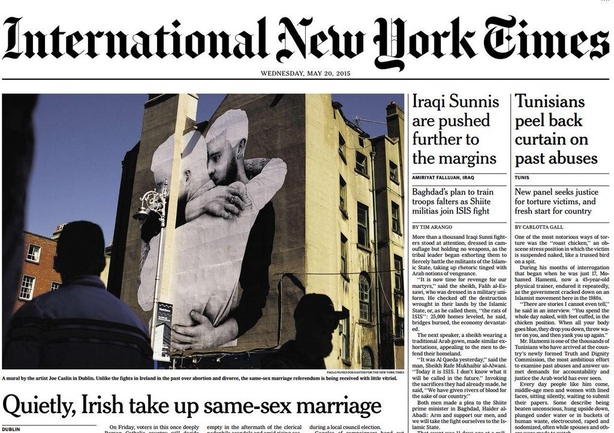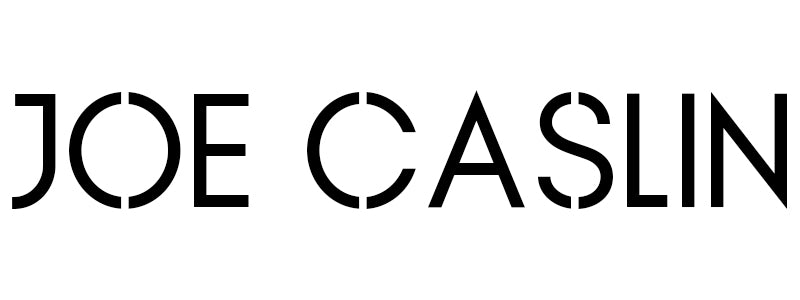The Claddagh Embrace
PROJECT NAME 'The Claddagh Embrace'
DATE INSTALLED 10th April 2015
LOCATION Dame Street, Dublin
ISSUE ADDRESSED Same Sex Marriage
COMMISSIONED BY Self Initiated

BACKGROUND
Ireland became the first country in the world to legalise same-sex marriage by popular vote. The Irish people went to the ballot box on Friday 23rd May 2015 and voted decisively in favour of marriage equality. However, in the weeks and months prior to that great day the outlook was far from clear. The country felt deeply divided and statements invoking fear, restriction and shame seemed to linger thick in the air.

DESCRIPTION
This now celebrated drawing, The Claddagh Embrace, was created in reference to Burton’s Meeting on the Turret Stairs, a work previously voted as Ireland’s favourite painting. The original photograph of Barry and James, on which the drawing was based, was taken by Irish photographer Sean Jackson.

Two years after the installation of the Claddagh Embrace art critic Christine Leech selected the drawing as an artwork that has come to define Modern Ireland.
'21st Century Ireland in 21 Artworks: The Claddagh Embrace'
by Christine Leech - Art Critic
It’s not often that a single artwork can be identified as having had a significant political impact or carried weight during a time of noted societal shift. In April 2015, street artist Joe Caslin installed his large-scale wall mural, The Claddagh Embrace, on the gable end of a building at the corner of Dame Street and Georges Street in Dublin.
The image, showing two worried, sad, perhaps even afraid-looking young men tightly hugging quickly spread on social and mainstream media and became a symbol of the pro-marriage-equality campaign side in the same sex marriage referendum, due to be held the following month.

When the International New York Times ran a front-page story on the referendum result, the headline "Quietly, Irish take up same-sex marriage" was accompanied by a shot of Caslin's mural, in which two male passers-by were silhouetted against the sun-bathed wall. The image dominated the front page. The sub-head read "Vote seen as reflection of social upheaval and waning power of church". The referendum was passed on 22 May to approve changing the Constitution to extend civil marriage rights to same-sex couples. Two years later, Ireland has its first publicly gay Taoiseach, Leo Varadkar, a politician who only came out as gay to his own party leader in the run up to that referendum.
Caslin pastes his large-scale black and white paper images onto buildings and walls. His focus is predominantly on societal issues including male mental health, suicide rates, drug addiction and legalisation, and Ireland’s direct provision system for asylum seekers. The images are designed to disappear and to leave no lasting mark on the building, which is a large part of how and why Caslin can install them.
These are community-based and public, yet intensely personal images, which demonstrate repeatedly that the political is always personal and vice versa. Caslin’s work has also played a part in legitimising the medium of street art in Ireland. A pencil drawing of the mural image, under the title #yesequality, sold at the RHA annual exhibition in 2015.
The original title is a reference to the Claddagh ring worn by one of the men in the image, which was also available as a series of limited edition prints. The mural did not last, and was not preserved, despite a petition designed to persuade Dublin City Council to hang on to it. After 19 days, the wind and the rain began to take it down.
